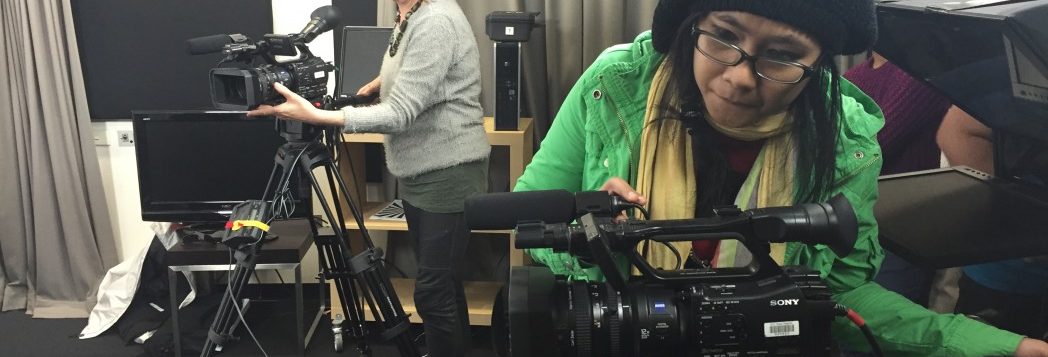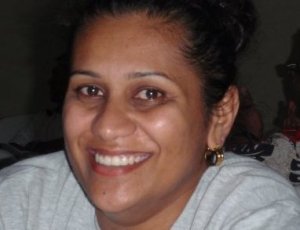VERENAISI RAICOLA
I am priviledged to be part of the APJC reporting climate change and the environment fellowship from October 24 to November 25, 2011.
At first I thought the five weeks would drag but it certainly passed by so fast that we are now on the final week_ hooray! The friends and exposure I have had during this time cannot be measured by money and I am grateful for the opportunity to be part of this program.
It is indeed a valuable experience for me and a great boost to my career as a journalist as I walk away here better informed and with a wider knowledge about Climate Change. I have in the past been involved with climate change writing but this specific training opportunity will certainly enrich my writing skills on the subject.
Speakers like reporter Joe Chandler of the Age who were able to relate climate change to her experiences in countries like Afrika, PNG and Afghanistan, the visit to CSIRO and the talk with scientists was very engaging. Special thanks to Torrey Orton for personal development training_ it was good to know that stress levels of journalists from th Pacific, Inonesia, East Timor and our good frond from Papua were at explosive levels compared to journalists based in Australia! Climate change is a critical subject for journalists like me in the region as we struggle daily to adapt to its effects unfolding right bfore our eyes and to tell our stories an.
It’s not new and my colleagues will agree that our traditional farmers back home and our fellow villagers know that changes are occuring all around them. In fact with warming temperatures and extreme weather conditions this is a daily topic of discussion around the yaqona tanoa back at home.
They can tell you stories about sea level rise and the changes to the traditional calendars as clearly as scientists do except that they do it in simple terms and relate it to their daily simple experiences!
I must mention that I enjoyed all aspects of the training in Australia and found it to be a learning experience both in Melbourne and Tasmania. The trip down to Tasmania was especialy exciting and eye opening.
The visit to the Styx Valley, Tasmanian Devil Conservation Park,Port Arthur Historic Site, Environment Defenders Office, Austraian Antarctic Division, The Mona Museum as well as the Symposium on Environmental Politics and Conflict in an Age of Digital Media were all a breath of fresh air and an experience in itself.
Such refresher courses and attachments out of the normal newsroom atmosphere back in our home countries helps journalists lift their level of understanding and in turn writing on such complex topics like Climate Change to another level. I believe neighboring countries like Australia should also take time out to learn about the effects of Climate Change in countries in the Pacific so it can make their mitigation experiences more real.
It is only when they take time to learn what is happening in the Pacific and how these small economies are struggling to adapt will the message flow and others around the world will realise the importance of reducing emissions!
The keynote address by Senator Christine Milne of the Australian Greens at the Environmental Politics and Conflict Symposium was touching.
I admire the way she acknowledged indigenous people, how they were marginalised all over the world and also how they were the very population affected by Climate Change.
I must say it was warming to know that at least someone in the Australian Parliament bothers to know what is happening to the people in the Pacific and that countries like Australia she says needs to do more to help our region adapt to Climate Change.
Thank you APJC for the great learning experience and I hope AusAid gives you more funding to train journalists in the region who are feeling the direct impacts of Climate Change so they can do a better job raising awareness as their communities struggle with adaptation policies.
After all it is through the media that our people would be able to tell their stories and make a difference in this global village we share. Once again Vinaka Vakalevu to John Wallace, Alex, Catherine, Putri, Budi, Laura,Gee, Philip and all those that made this experience a memorable one.




